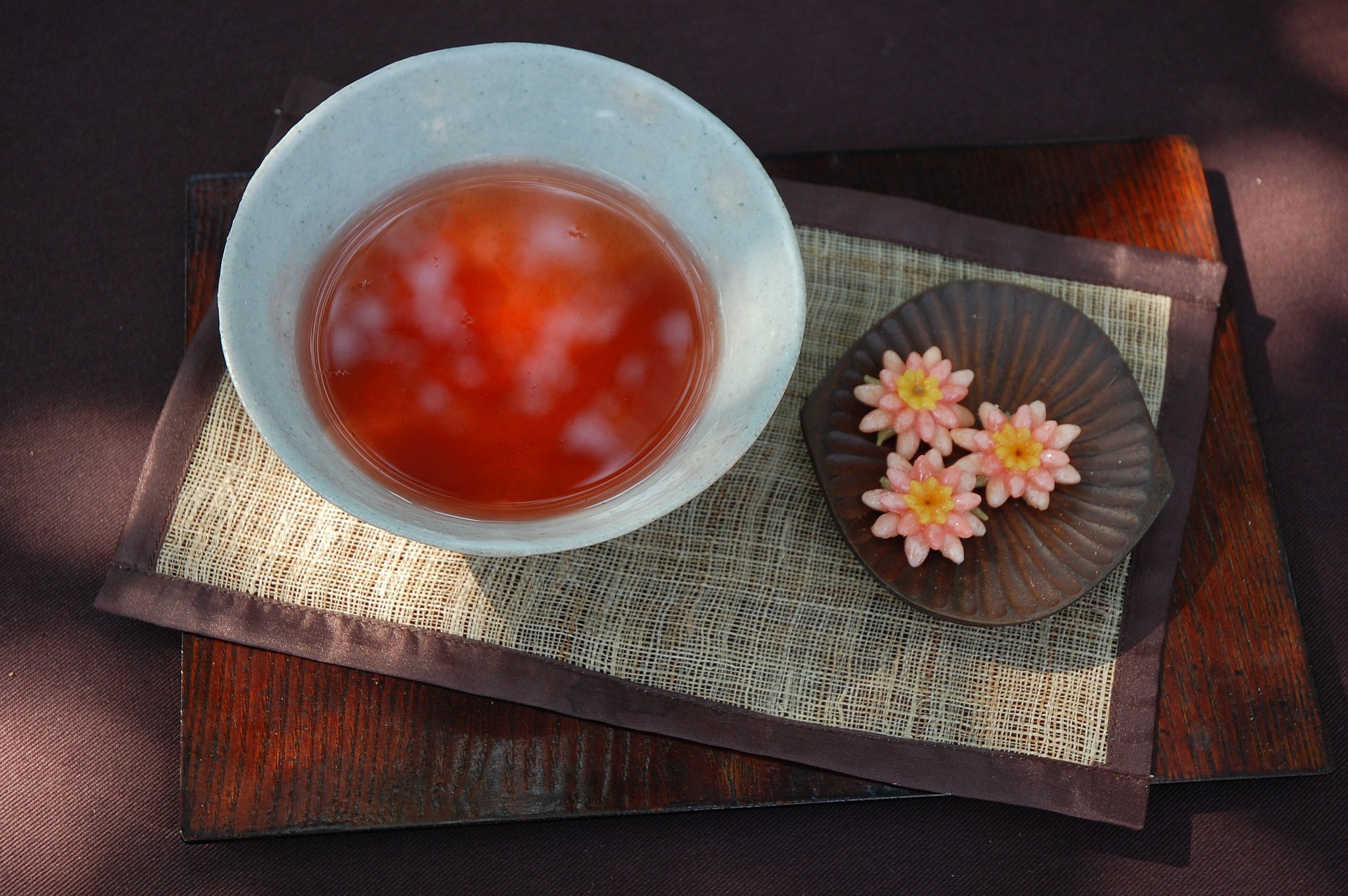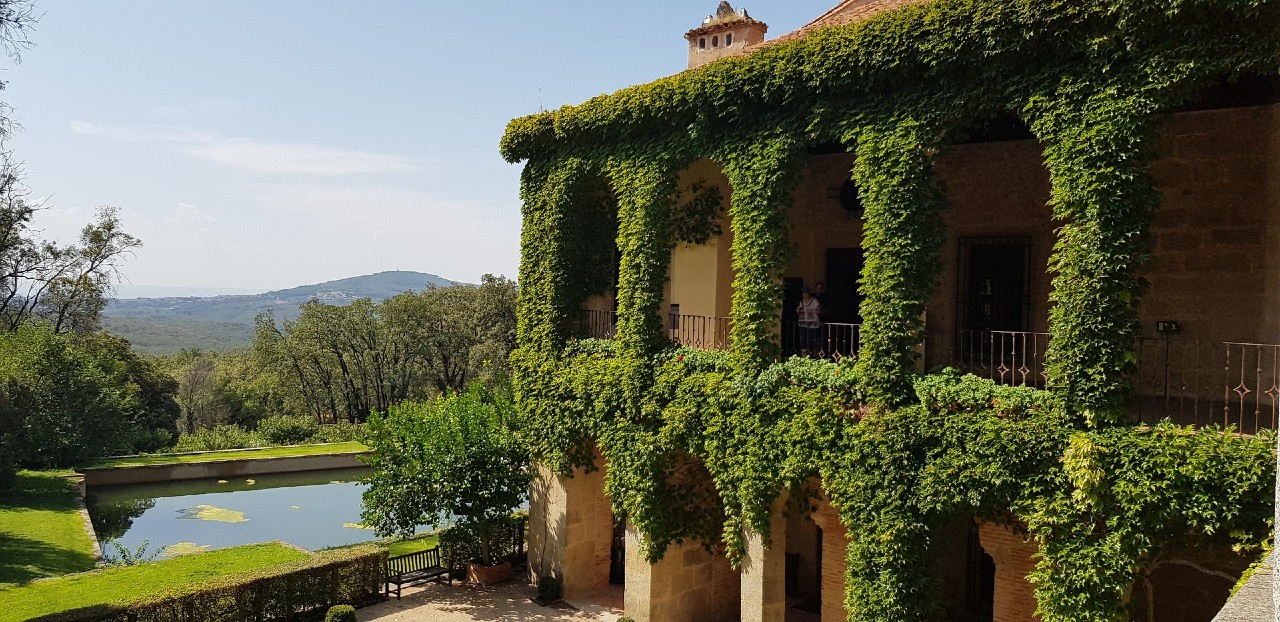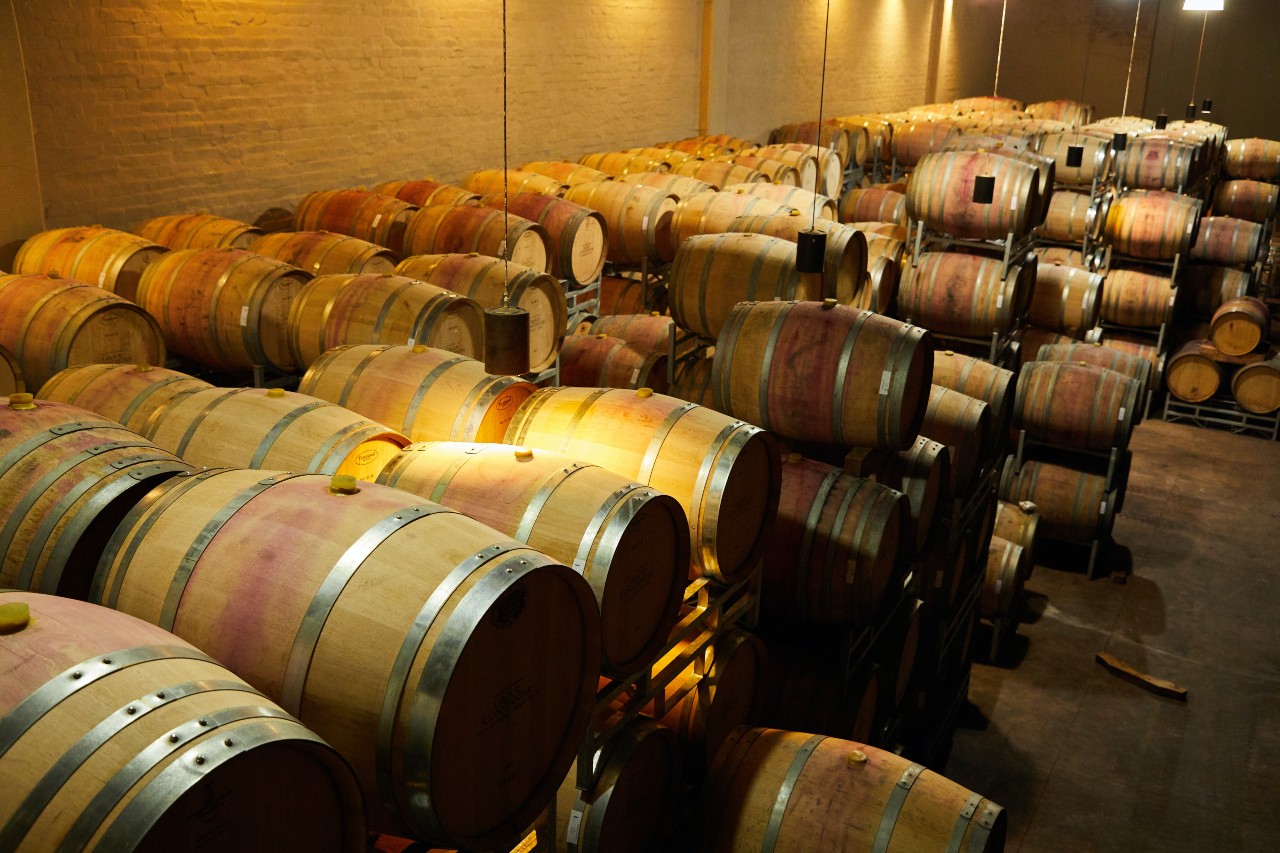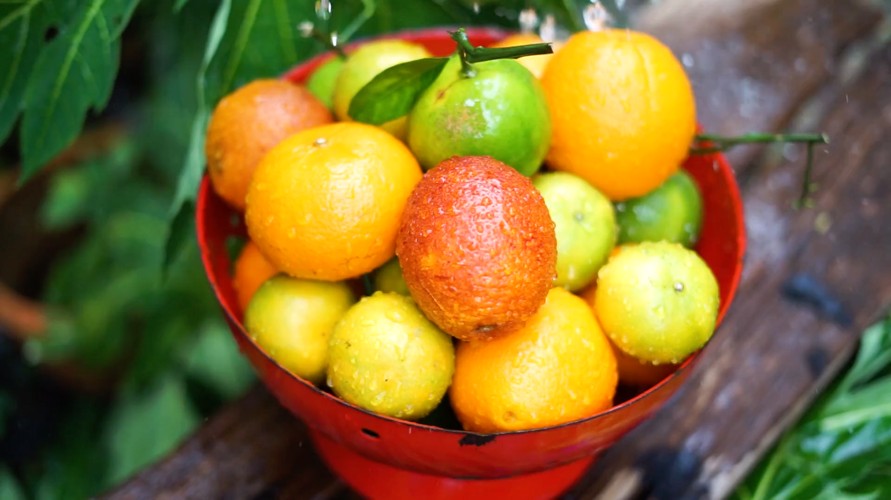
Sitting Bull the great native American chief, lived from 1831 to 1890, which is not so distant in time as it might appear when watching Westerns in which sadly Mr Sitting Bull always appears as the baddy. Or was it Geronimo the bad Indian? Whatever the case I’m sure that neither of the two drank Ribera del Duero, or any other Spanish wine come to that. So? It wasn’t because these wines didn’t exist in the period: When our friend Sitting Bull was roaming the green prairies of the Midwest, quality wines were already being produced in the Duero area, and in Rioja. And even before that good wine was being produced in the traditional Spanish wine producing areas of Toro, Valdepeñas, and Jerez, to name just a few.
Whilst Sitting Bull studied coyote tracks, threw blades of grass into the wind to look for the spirit’s path, and led the United States army down the road to bitterness; in the Vallisoletano region of the Duero, the Vega Sicilia vineyard was already a reality and in Rioja several of the historic vineyards had been producing quality wines since the mid 19th century. So if Sitting Bull was a contemporary of some of the best Spanish wines produced in the period and many of them won international awards, why did neither he nor even General Custer himself converse over a glass of one of our wines? Simply, for the same reason that the vast majority of North Americans continue not to drink it in the present day, because they haven’t the remotest idea of the existence of Spanish wines, and even if they did they wouldn’t be able to find them.

It’s true, that from a gastronomic point of view the Hispanic is in fashion in the USA. Ferrán Adriá is known, at least in the professional sectors and those of the yankee foodies. The concept of tapas is now a global movement, which is identified with something quick to prepare and food which is relatively healthy. Spanish wine has its fair share of coverage in the specialized press with articles, which offer an attractive, glossy content.
Yes, this is all true, but…does this mean that amongst the majority of the American consumers tapas are identified with Spanish food? That they drink Spanish wine like there’s no tomorrow? That next to the photo of Obama all Americans have a likeness of Ferran Adriá above the headboard? Sadly no. Firstly, because what I actually said was that the Hispano was in fashion, which is in no way the same as saying that Spanish gastronomy is in fashion. Sorry, but a chunk of lamb with ginger and enchilada is NOT a Spanish tapa. Secondly and I’m sorry to say it, Spanish wine is nothing in the USA and not precisely because Americans don’t like wine nor because they don’t want to learn.
Believing ourselves, as we do, to be the centre of the wine world, this will certainly catch a few of us by surprise, but it has to be said that the American market is one of the most powerful in the world. “They are going to speak to a Spaniard about wine!” Well, actually friends, that’s the truth of it, they are now up there with the big boys. The USA is now in terms of volume the fourth biggest wine producer in the world, behind France, Italy and Spain. And with a steady rise in annual consumption of three percent over the last lustrums, it is now the second highest consumer in the world behind France. An increase in consumption inversely proportional to the plummeting consumption of wine in Spain. All of this is why the American market is the most promising, the one which all the wineries of Old Europe are regarding tenderly, whilst dribbling in anticipation.
France is France, and places its wines where and when it pleases. There are reasons why they are the best in the business. Italy is Italy, the best merchants and their wine sells in the USA like hotcakes, both the good and the bad. Moreover, one mustn’t forget the Italo-American tradition which opens the doors of the best restaurants to even the most atrocious Lambruscos. So where’s the Spanish wine?
It’s not there, nor is it likely to be at the moment, and that’s the reality. If you examine the menus of the good, most prestigious restaurants you’ll find predominately Rioja, fortunately the classics –yes, those which Mr Parker didn’t like and which he began to rate highly only because the followers of some of the wines so popular some years ago were disappearing- plus the occasional Castilian wine from the Duero or maybe an Aragonese. Amongst the whites the Albariño is very in fashion and some of those Ruedas which proliferate like mushrooms, although few of the good ones. Jerez is beginning to make its mark albeit in the theme bars, and the American market is one of the biggest for Cava. However what generally happens, excepting the odd pleasant surprise will make your hair stand on end.
In specialized shops, besides placing us next to bottles from Chile and Argentina – even though on the map we’re separated by about ten thousand kilometres -they’ve also gone overboard for the craze for natural wines – dear, dear- but you can find good Spanish wines embellished by the importers with attractive labels and names that are easy to remember. Yes, this another of the problems of Spanish wines abroad, that names such as Finca Viña Marquesona del Santísimo Adorado, are not the most commercial in the world.
It also has to said that the American market is complex from a bureaucratic point of view and it wasn’t until the crisis got them by the balls that the Spanish wineries began to consider having an export department with good professionals who can speak languages and in turn receive a good salary. Previously to those from the wineries, leaning against the bar, toothpick in mouth well it didn’t seem such a cost effective idea.
Top me up Paco!
Each state -and there are fifty- has its own legislation relating to the distribution and sales of alcohol, with a system of importation and distribution which adheres to the Three Tier System, where the importer has to sell to a state wide distributer, who then sells to a retailer or local merchant and from there to the final consumer.
This is the reality of Spanish wine in the USA market, we are almost as unknown now as we were 150years ago, which is why I don’t believe that Sitting Bull drank Ribera del Duero.











